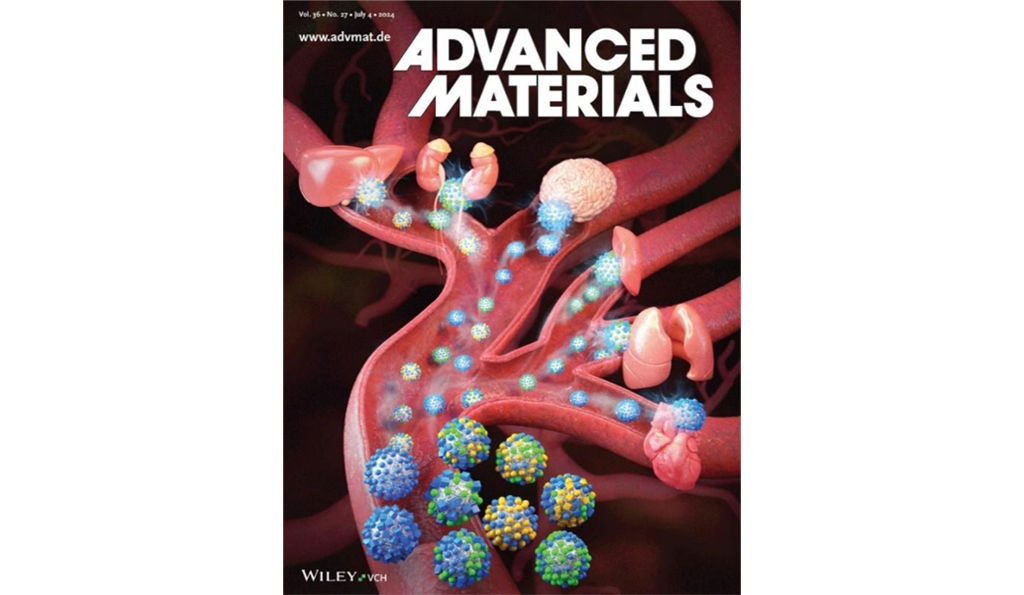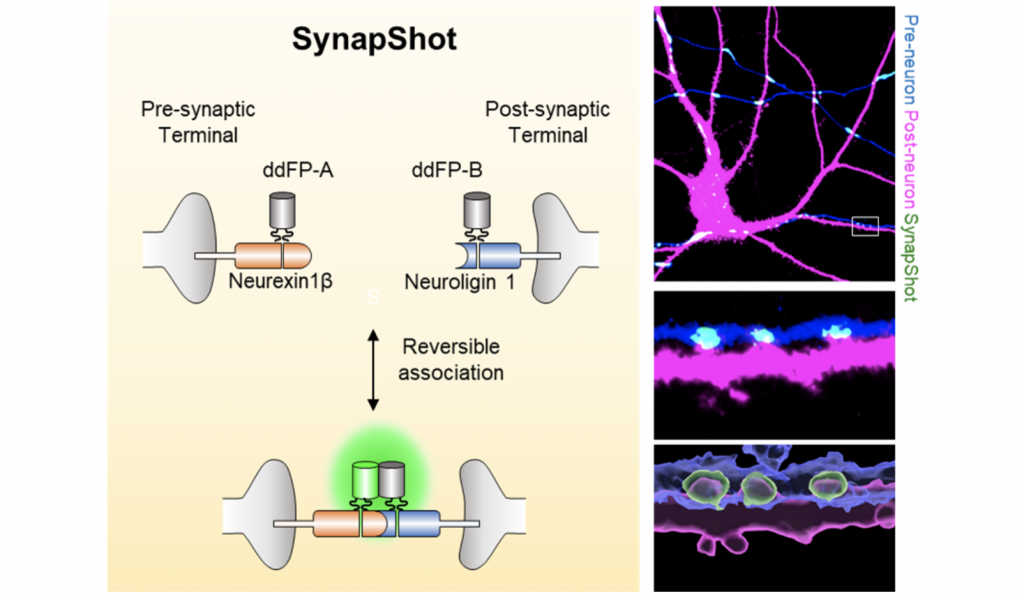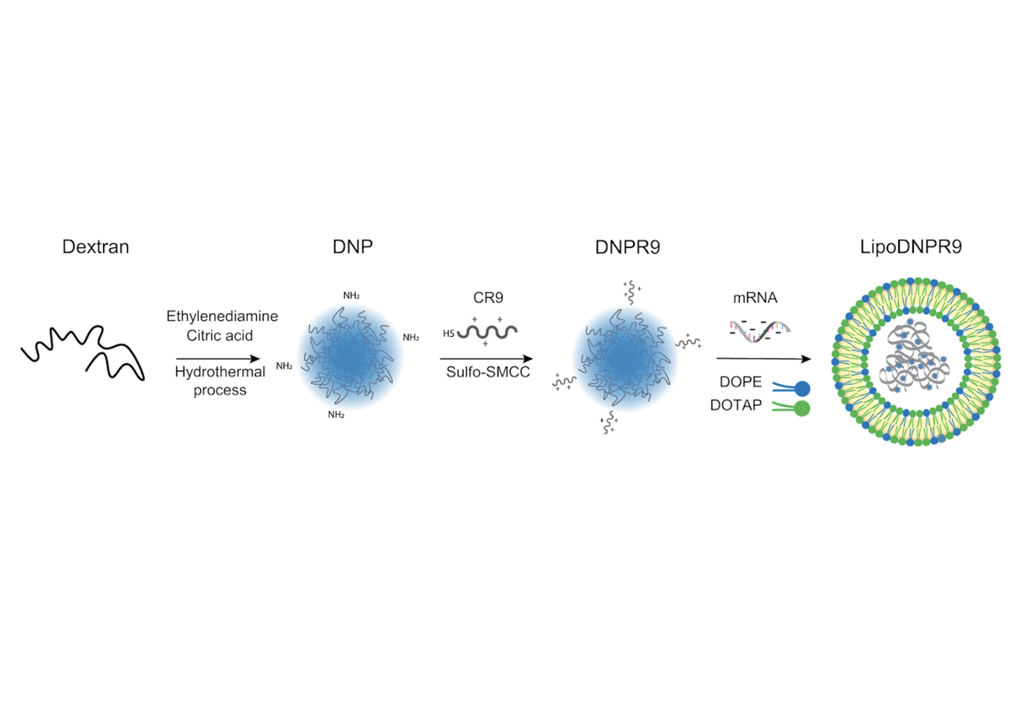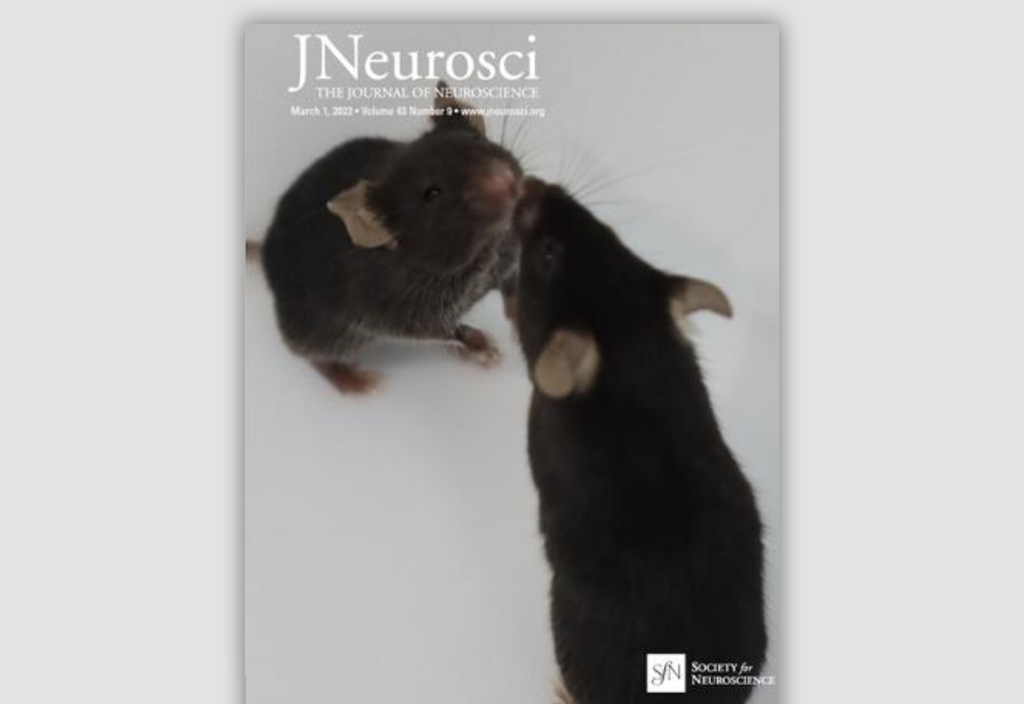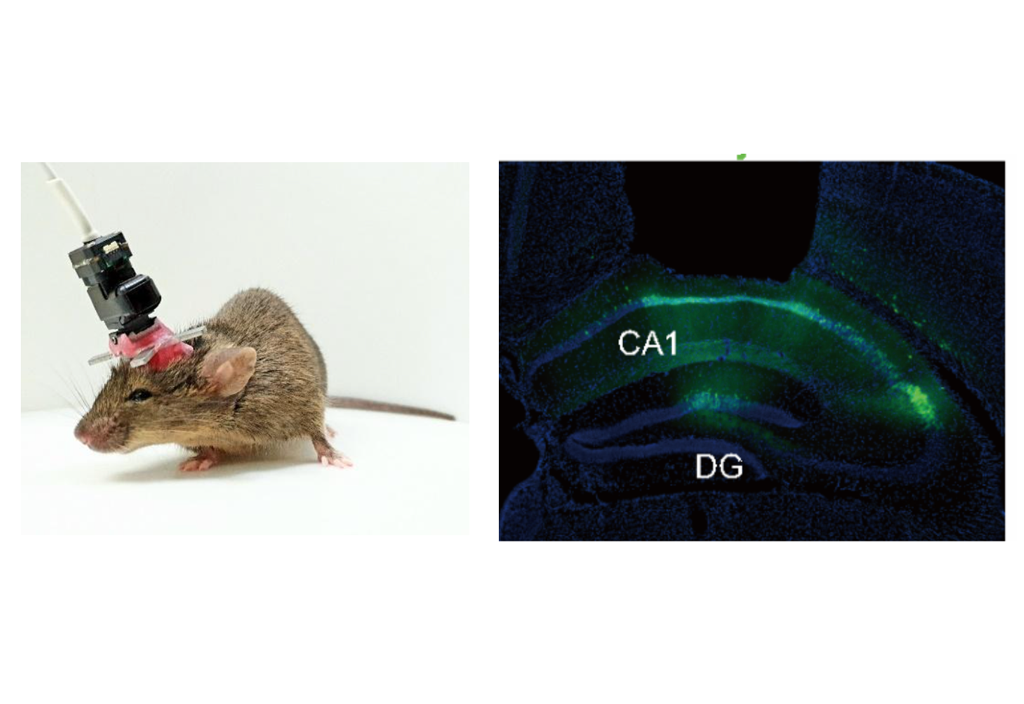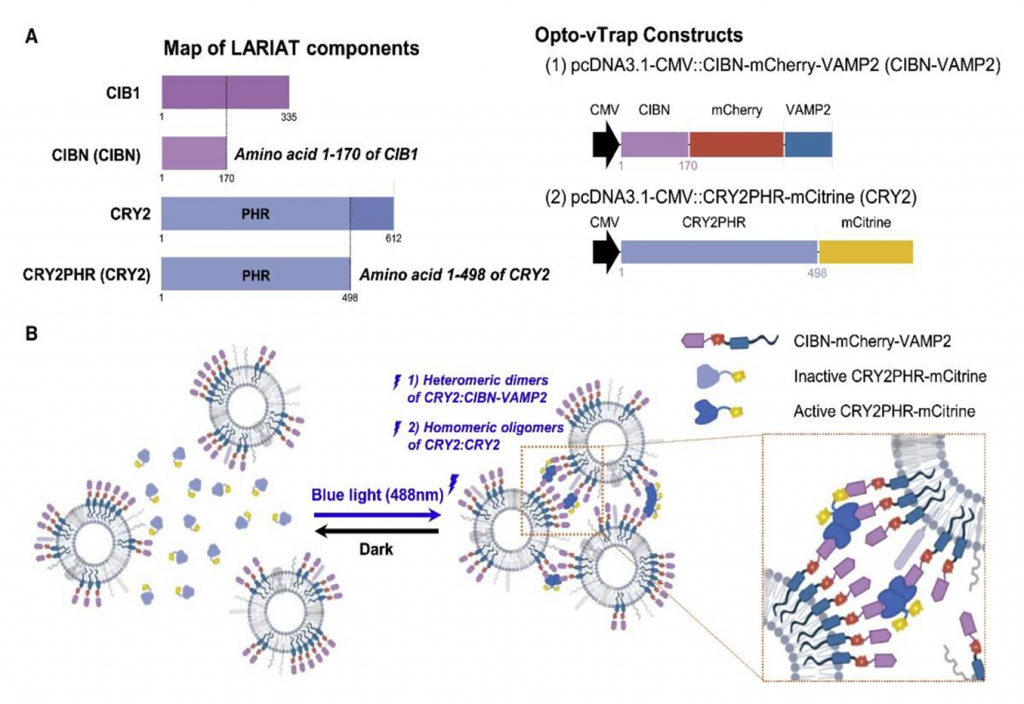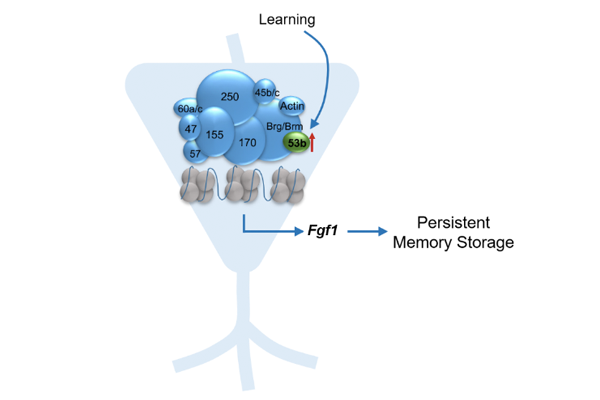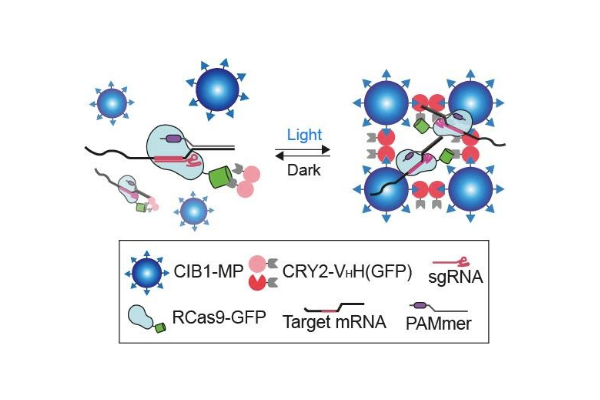-
Research Highlight
KAIST Takes Steps Toward Solving Plastic Pollution Using Microorganisms
A research team led by Distinguished Professor Sang Yup Lee has developed an Escherichia coli strain for high-efficiency production of aromatic polyesters using systems metabolic engineering....read more
-
Research Highlight
Glycocalyx-mimicking nanoparticles for organ-selective drug delivery and therapy
Professor Sangyong Jon’s group has developed an organ-selective drug delivery platform based on a library of glycocalyx-mimicking nanoparticles (GlyNPs). Direct in vivo library screening enables identification of GlyNP hits targeting the liver, spleen, lung, kidneys, heart, and brain. When liver-, kidney-, and spleen-selective GlyNP hits are equipped with therapeutics, the formulations effectively alleviated symptoms in organ-associated disease models....read more
-
Research Highlight Top Story
Real-time visualization of structural dynamics of synapses in live cells in vivo
Prof. Heo’s group has developed a method for visualizing the structural dynamics of intact synapses by combining dimerization-dependent FPs (ddFPs) with engineered synaptic adhesion molecules. ...read more
-
Research Highlight
Effective mRNA Delivery by Condensation with Cationic Nanogels Incorporated into Liposomes
Prof. Chung’s group has developed an mRNA delivery system using cationic nanogels as a condensing material for mRNA and a lipid-based nano-formulation. ...read more
-
Research Highlight
Sex-specific effects of social isolation on shaping social behavior and maturing cortical neurons during adolescence
Prof. Lee’s group found adolescent social isolation dampens sociability and cortical maturation only in female mice. They performed anatomical, physiological, behavioral, genetic knock-out, and optogenetic studies to prove that the expression of a specific gene, parvalbumin, in GABAergic neurons is important for shaping sociability in female mice....read more
-
Research Highlight
Neural activity patterns correlated with memory recall
By recording neuronal activity in the hippocampus during memory recall in freely behaving mice, Prof. Han’s group has identified neural activity pattern correlates of memory recall....read more
-
Research Highlight
Opto-vTrap, an optogenetic trap for reversible inhibition of vesicular release, synaptic transmission, and behavior
Spatiotemporal control of brain activity by optogenetics has emerged as an essential tool to study brain function. To silence brain activity, optogenetic probes, such as halorhodopsin and archaerhodopsin, inhibit transmitter release indirectly by hyperpolarizing membrane potentials. However, these probes cause an undesirable ionic imbalance and rebound spikes. Moreover, they are not applicable to use in non-excitable glial cells. In this study we engineered Opto-vTrap, a light-inducible and reversible inhibition system to temporarily trap the transmitter-containing vesicles from exocytotic release. Light activation of Opto-vTrap caused full vesicle clusterization and complete inhibition of exocytosis within 1min, which recovered within 30 min of light off. We found a significant reduction in synaptic and gliotransmission upon activation of Opto-vTrap in acute brain slices. Opto-vTrap significantly inhibited hippocampus-dependent memory retrieval with full recovery within an hour. We propose Opto-vTrap as a next-generation optogenetic silencer to control brain activity and behavior with minimal confounding effects....read more
-
Research Highlight
BAF53b regulates memory persistence via FGF1
Delayed induction of BAF53b in the amygdala after fear learning has a crucial role for memory persistence via regulating FGF1 expression....read more
-
Research Highlight
Optogenetic Control of mRNA Localization and Translation in Live Cells
A new optogenetic approach called mRNA-LARIAT enables the direct optogenetic control of localization and translation of specific mRNAs in living cells....read more
-
Research Highlight
Engineering Bacteria to Produce Methyl-Anthranilate, a Grape Flavoring Compound
A direct fermentative approach to renewable methyl anthranilate (MANT) production from glucose is possible with metabolically engineered Escherichia coli and Corynebacterium glutamicum strains harboring a synthetic plant-originating metabolic pathway. This bio-based production platform will allow MANT, an important and widely used compound to impart grape scent and flavor, to be produced in a completely natural and sustainable manner....read more

291 Daehak-ro Yuseong-gu Daejeon, 34141, Republic of Korea
Partnered with KAIST Breakthroughs and KAIST Compass

